Sumedh Ghaisas
Consensus, dissensus and synergy between clinicians and specialist foundation models in radiology report generation
Dec 06, 2023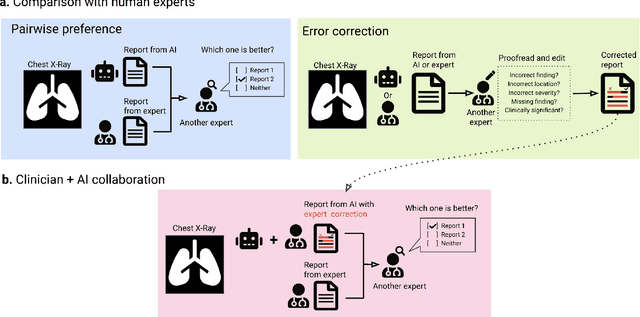

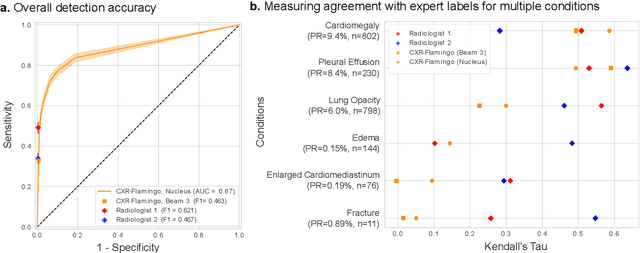
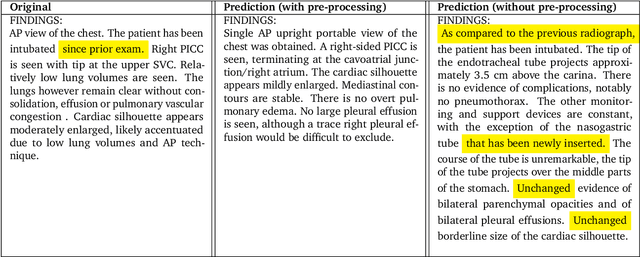
Abstract:Radiology reports are an instrumental part of modern medicine, informing key clinical decisions such as diagnosis and treatment. The worldwide shortage of radiologists, however, restricts access to expert care and imposes heavy workloads, contributing to avoidable errors and delays in report delivery. While recent progress in automated report generation with vision-language models offer clear potential in ameliorating the situation, the path to real-world adoption has been stymied by the challenge of evaluating the clinical quality of AI-generated reports. In this study, we build a state-of-the-art report generation system for chest radiographs, \textit{Flamingo-CXR}, by fine-tuning a well-known vision-language foundation model on radiology data. To evaluate the quality of the AI-generated reports, a group of 16 certified radiologists provide detailed evaluations of AI-generated and human written reports for chest X-rays from an intensive care setting in the United States and an inpatient setting in India. At least one radiologist (out of two per case) preferred the AI report to the ground truth report in over 60$\%$ of cases for both datasets. Amongst the subset of AI-generated reports that contain errors, the most frequently cited reasons were related to the location and finding, whereas for human written reports, most mistakes were related to severity and finding. This disparity suggested potential complementarity between our AI system and human experts, prompting us to develop an assistive scenario in which \textit{Flamingo-CXR} generates a first-draft report, which is subsequently revised by a clinician. This is the first demonstration of clinician-AI collaboration for report writing, and the resultant reports are assessed to be equivalent or preferred by at least one radiologist to reports written by experts alone in 80$\%$ of in-patient cases and 60$\%$ of intensive care cases.
Autoencoding Variational Autoencoder
Dec 07, 2020
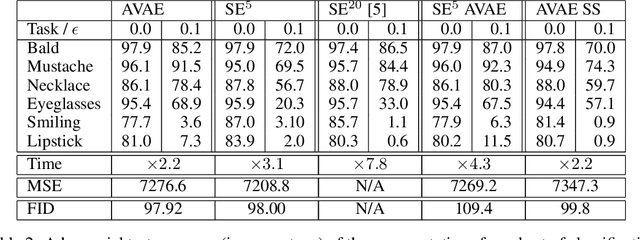
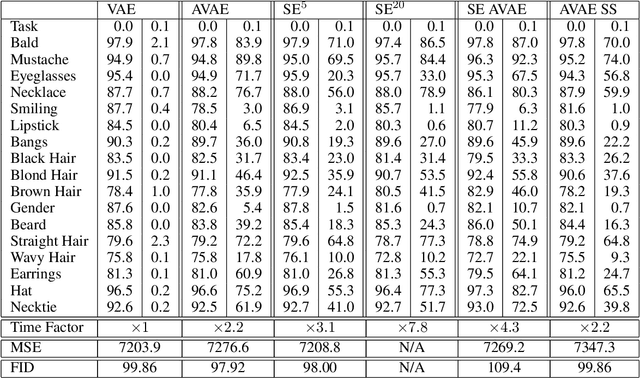
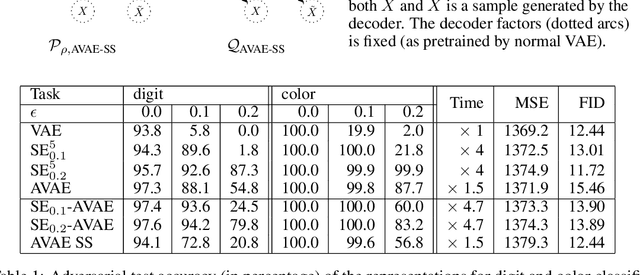
Abstract:Does a Variational AutoEncoder (VAE) consistently encode typical samples generated from its decoder? This paper shows that the perhaps surprising answer to this question is `No'; a (nominally trained) VAE does not necessarily amortize inference for typical samples that it is capable of generating. We study the implications of this behaviour on the learned representations and also the consequences of fixing it by introducing a notion of self consistency. Our approach hinges on an alternative construction of the variational approximation distribution to the true posterior of an extended VAE model with a Markov chain alternating between the encoder and the decoder. The method can be used to train a VAE model from scratch or given an already trained VAE, it can be run as a post processing step in an entirely self supervised way without access to the original training data. Our experimental analysis reveals that encoders trained with our self-consistency approach lead to representations that are robust (insensitive) to perturbations in the input introduced by adversarial attacks. We provide experimental results on the ColorMnist and CelebA benchmark datasets that quantify the properties of the learned representations and compare the approach with a baseline that is specifically trained for the desired property.
 Add to Chrome
Add to Chrome Add to Firefox
Add to Firefox Add to Edge
Add to Edge